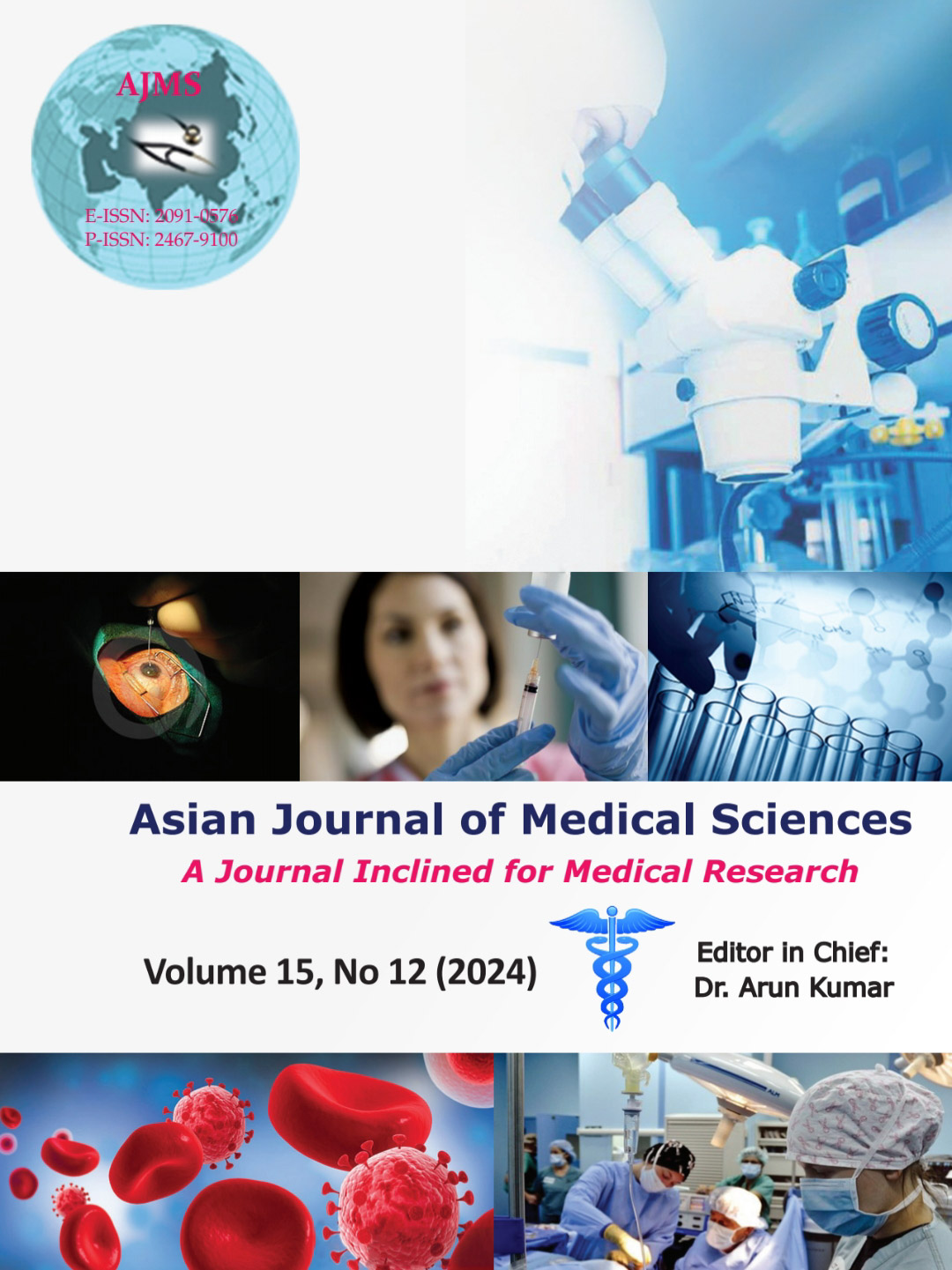Comparative evaluation of Bailey manoeuvre of deep extubation with conventional awake extubation technique - A randomized clinical study
Keywords:
Bailey manoeuvre; Hemodynamic stability; Laryngeal mask airway; Awake extubation; Deep extubation; and Anesthesia emergenceAbstract
Background: Extubation is a critical procedure in anesthesia and critical care, often accompanied by complications, such as bucking, coughing, and hemodynamic instability, particularly after major surgeries. The Bailey manoeuvre, involving deep extubation with the i-gel laryngeal mask airway (LMA), may mitigate these issues. The study was planned to compare the hemodynamic effects and side effect profiles of conventional awake endotracheal extubation and exchange extubation with the i-gel LMA.
Aims and Objectives: The study was designed to compare hemodynamic stress response and respiratory complication between the conventional extubation group and the following exchange extubation group.
Materials and Methods: In a prospective, randomized, single-blinded controlled study, 60 patients undergoing surgery under general anesthesia were divided into two groups: Group T (awake extubation) and Group L (exchange extubation with the i-gel LMA). Hemodynamic parameters and side effects were recorded and analyzed.
Results: Group L exhibited significantly lower heart rates, systolic and diastolic blood pressures, and mean arterial pressures at various time points post-extubation compared to Group T. The incidence of hypertension was significantly higher in Group T (90%) versus Group L (50%). Bucking and coughing less in the i-gel LMA exchange group compared to the standard endotracheal tube extubation group.
Conclusion: Exchange extubation with the i-gel LMA offers better hemodynamic stability and a lower incidence of hypertension compared to conventional awake extubation. This technique may be particularly beneficial for high-risk patients and those undergoing complex surgeries.
Downloads
Downloads
Published
How to Cite
Issue
Section
License
Copyright (c) 2024 Asian Journal of Medical Sciences

This work is licensed under a Creative Commons Attribution-NonCommercial 4.0 International License.
Authors who publish with this journal agree to the following terms:
- The journal holds copyright and publishes the work under a Creative Commons CC-BY-NC license that permits use, distribution and reprduction in any medium, provided the original work is properly cited and is not used for commercial purposes. The journal should be recognised as the original publisher of this work.
- Authors are able to enter into separate, additional contractual arrangements for the non-exclusive distribution of the journal's published version of the work (e.g., post it to an institutional repository or publish it in a book), with an acknowledgement of its initial publication in this journal.
- Authors are permitted and encouraged to post their work online (e.g., in institutional repositories or on their website) prior to and during the submission process, as it can lead to productive exchanges, as well as earlier and greater citation of published work (See The Effect of Open Access).




